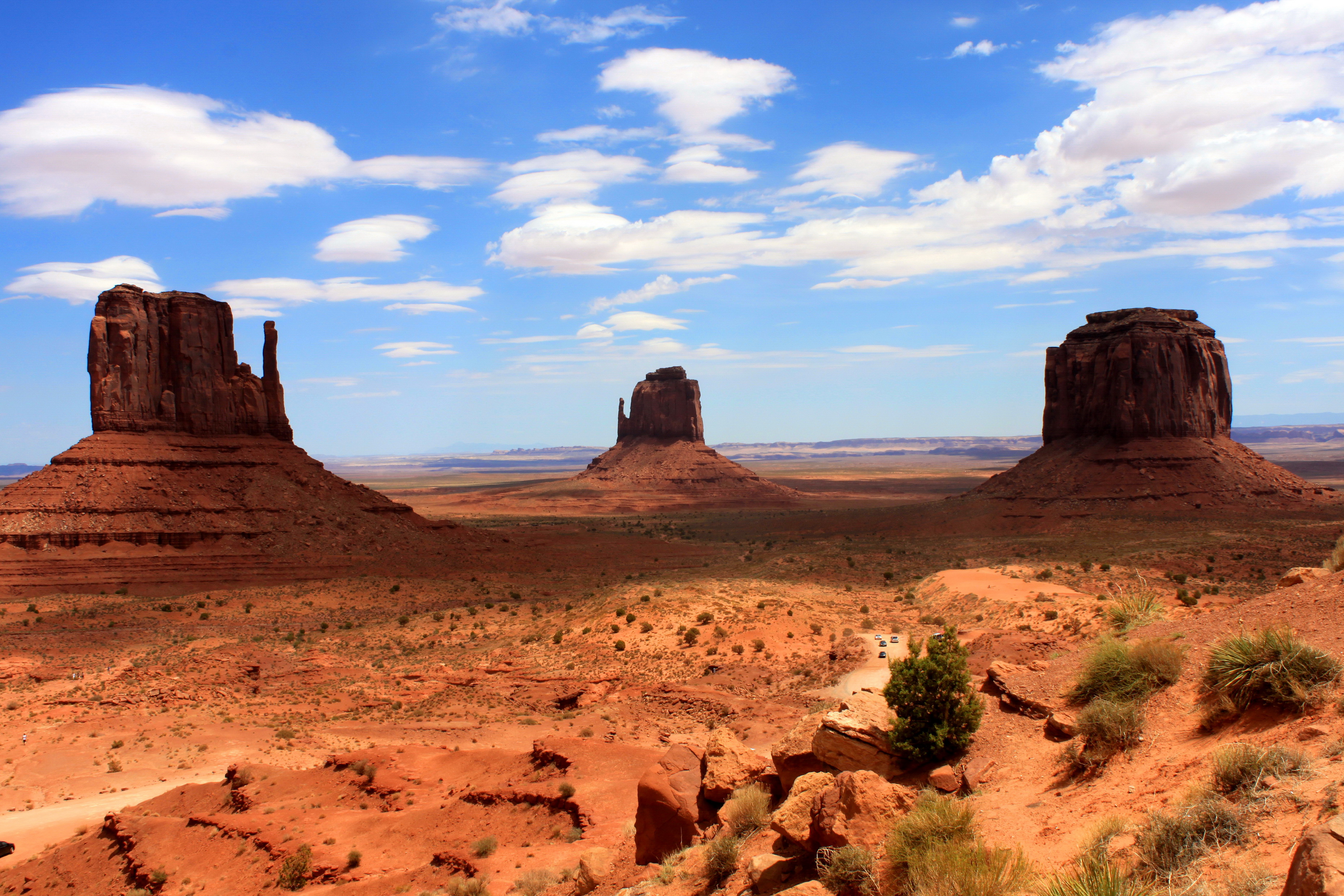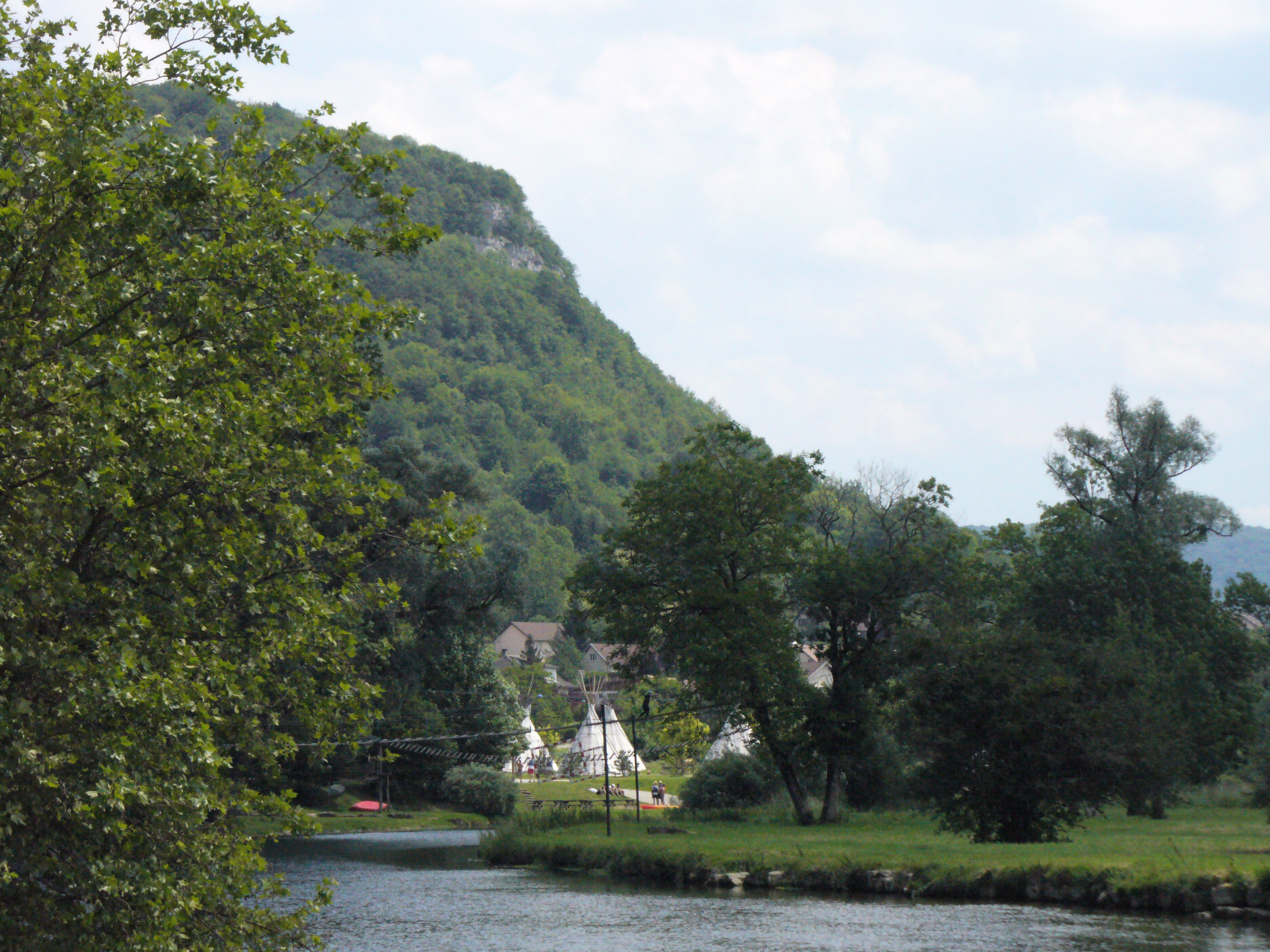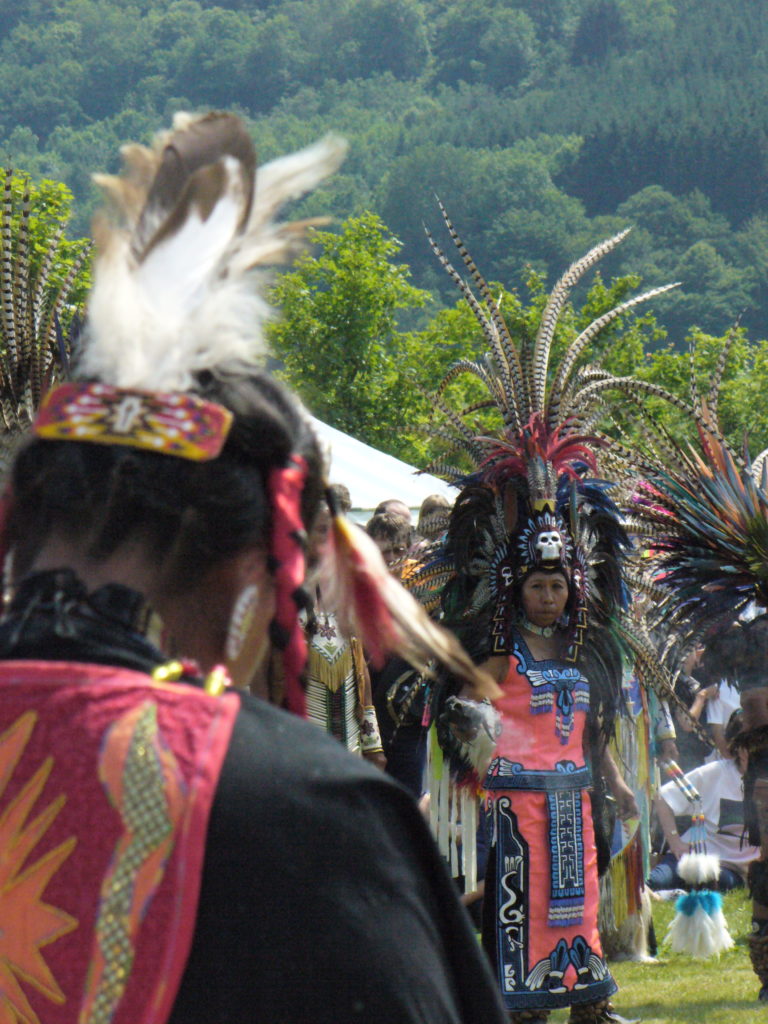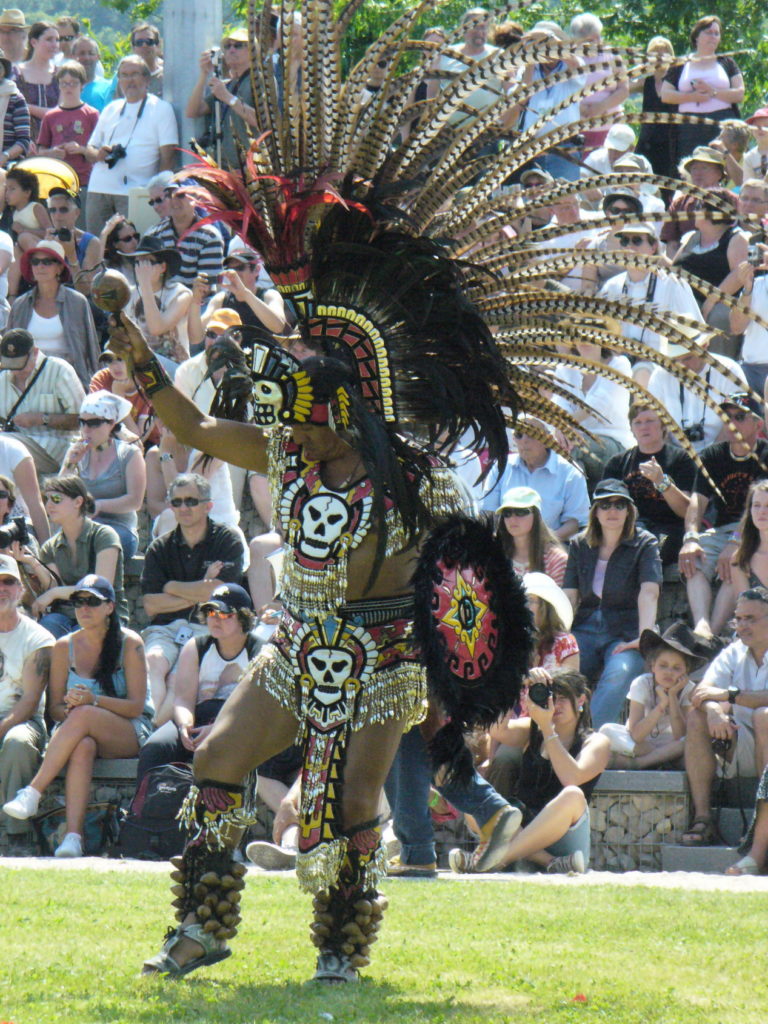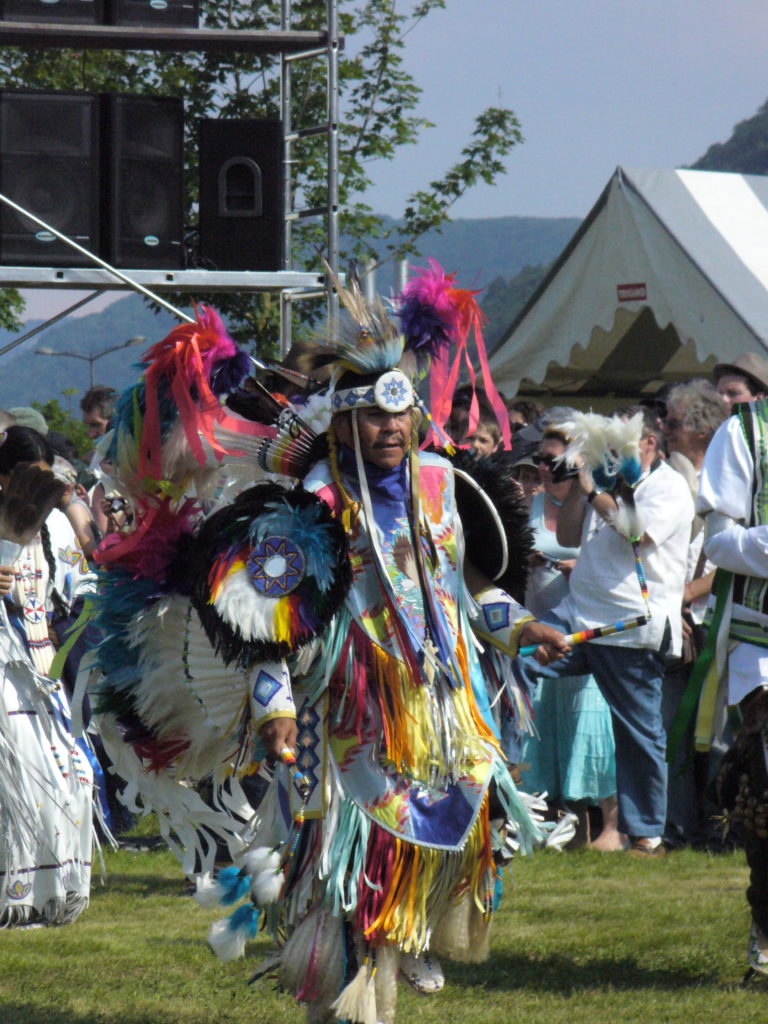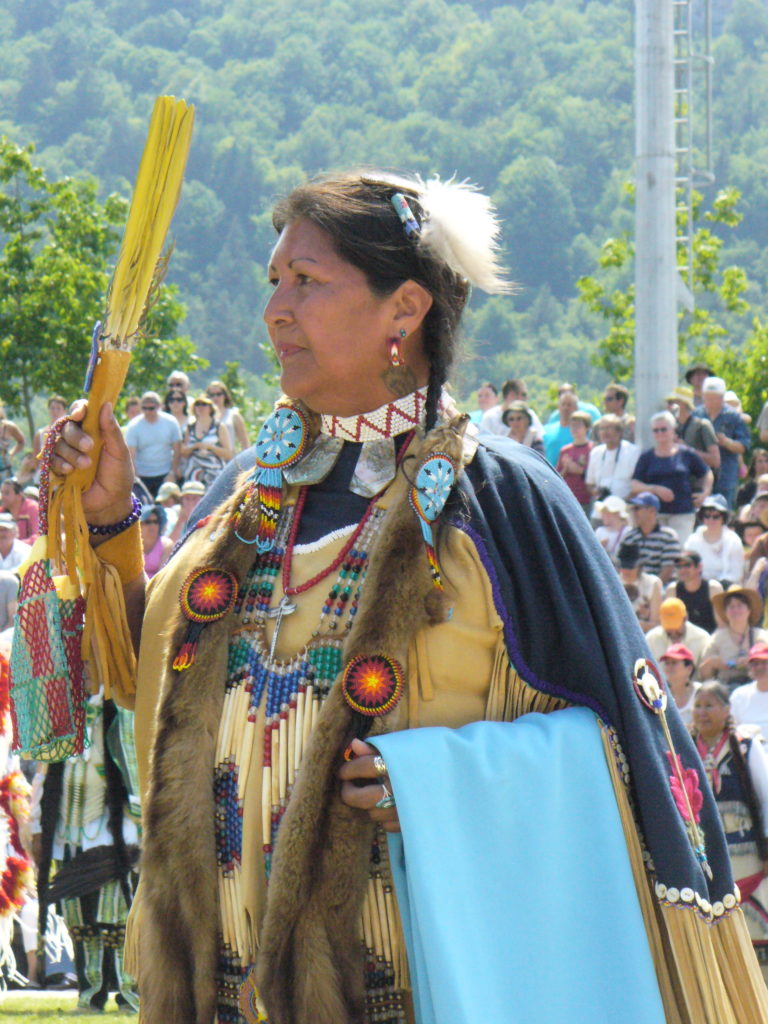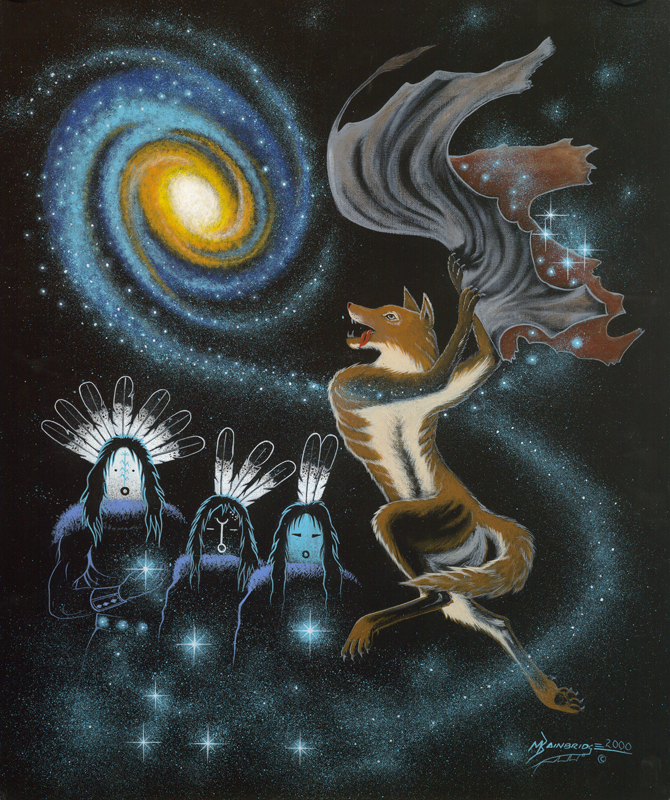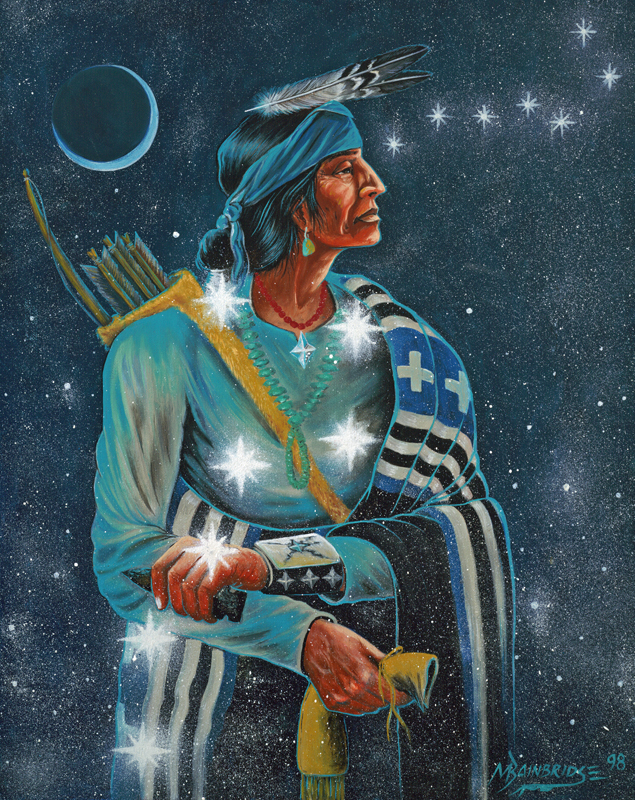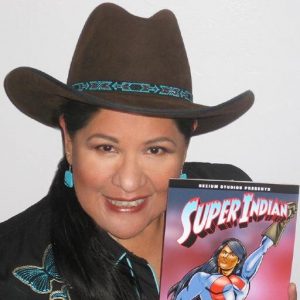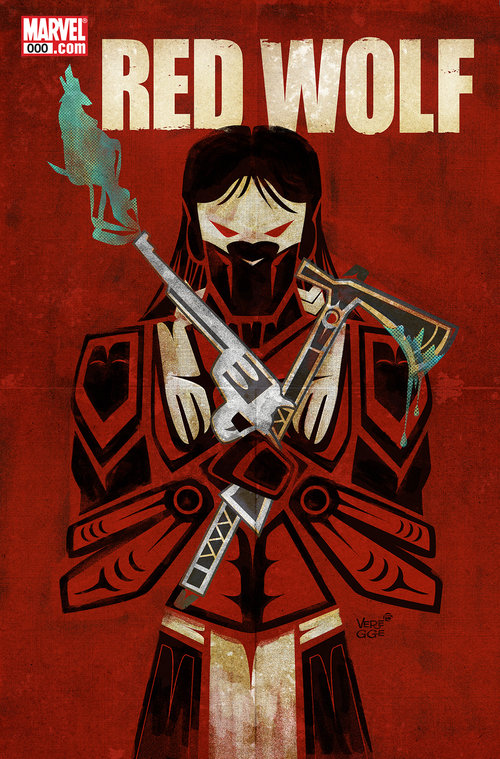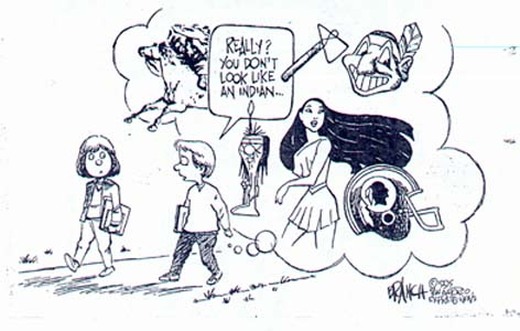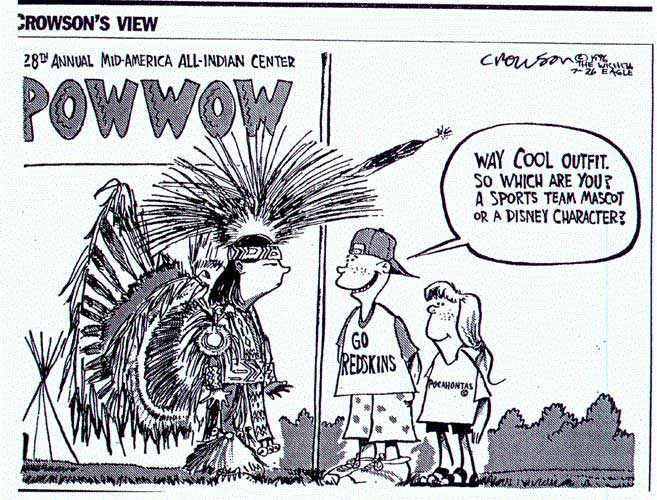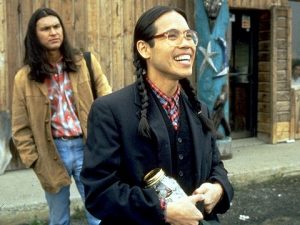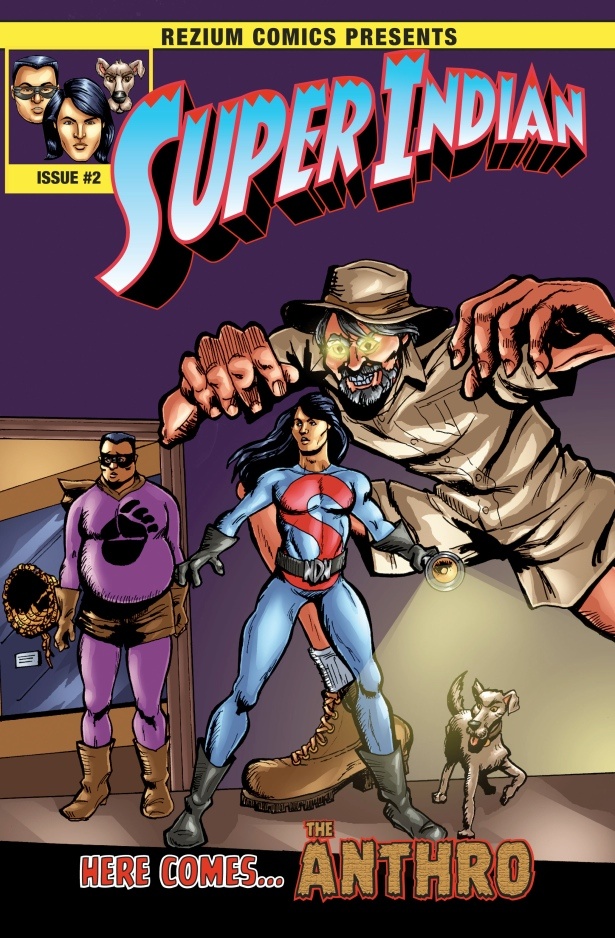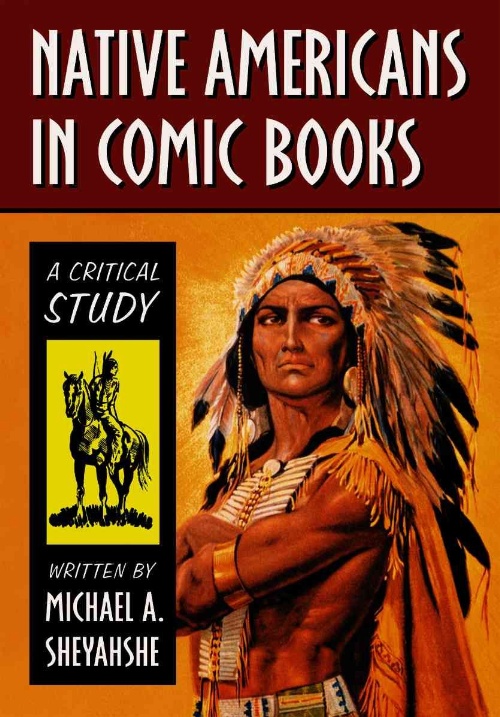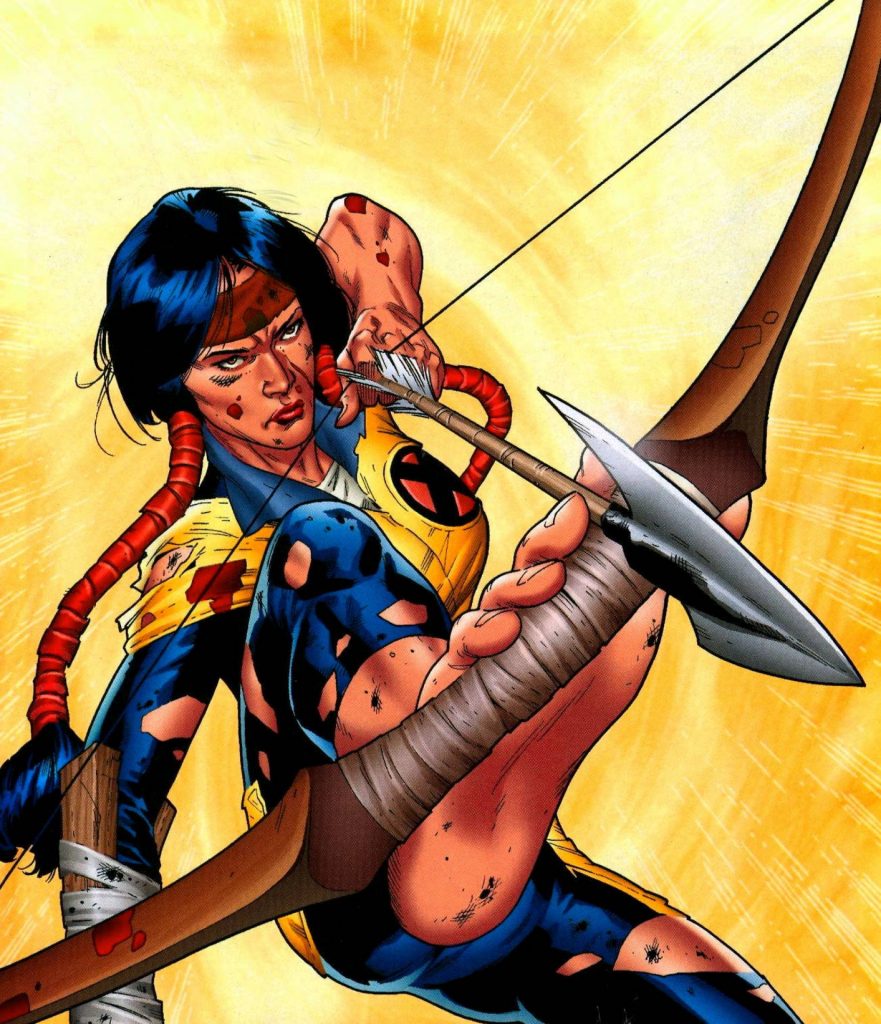Ornans accueille une nouvelle édition de Danse avec la Loue du 29 juin au 1er juillet 2018.
Après avoir mis en lumière de nombreux représentants des tribus Apache, Navajo et Huichol, les organisateurs du 10e pow-wow ont choisi d’inviter des peuples amérindiens francophones, originaires de Québec et de Guyane.
Voici la présentation de cet événement par les membres de 4 Winds : « Les nations du Québec sont les premiers habitants de la province de Québec au Canada. Ils se composent de dix nations amérindiennes distinctes par l’ethnie, la langue, la culture et l’histoire. Ces nations sont réparties dans 55 communautés pour une population légèrement supérieure à 50.000 personnes, soit un 1% de la population totale de la province. Les autochtones québécois sont politiquement et collectivement représentés par L’Assemblée des Premières Nations du Québec et du Labrador (APNQL). Les pêcheurs, puis colons, marchands et missionnaires français sont les premiers Européens qui ont entretenu des contacts suivis avec les peuples vivant dans ce qu’on appelle aujourd’hui le Québec. Très vite les Français et les Autochtones avaient ainsi établi des relations complexes d’interdépendances. La France voyait dans les nations autochtones des alliés sur lesquels elle comptait pour la survie de ses colons et la prospérité du marché des fourrures. Les Autochtones commerçaient, établissaient des alliances militaires, et se mariaient avec les Français. Les relations diplomatiques entre les Français et les peuples premiers du Canada cessent en 1763 (traité de Paris) avec le transfert de la Nouvelle-France à la Grande-Bretagne. Les interactions sociales et économiques se continueront néanmoins à l’intérieur du pays.
Depuis des millénaires présents en Guyane les autochtones représentent moins de 5% de la population guyanaise. Ils se répartissent en 6 ethnies. C’est en 1624 que vont s’installer les premiers colons français. A la fin des guerres napoléoniennes, la Guyane va connaître une période très prospère grâce à l’esclavage. C’est en 1854, que Napoléon III fait construire le célèbre bagne de Cayenne. La commune de Saint-Laurent-du-Maroni devient le centre administratif du système pénal, vers lequel seront envoyés près de 90 000 hommes et 2 000 femmes, dont plus d’un tiers décédera en Guyane. Au début du siècle dernier la ruée vers l’or va décimer la population autochtone. En 1946, la Guyane obtient le statut de département français, mais le territoire a beaucoup de peine à décoller économiquement et les amérindiens (français comme nous) survivent dans une indifférence générale. Victimes de l’orpaillage, d’empoisonnement au mercure, de lois inadaptées à leurs réalités, ils demandent aujourd’hui que leurs droits soient respectés au même titre que les autres citoyens de métropole. »
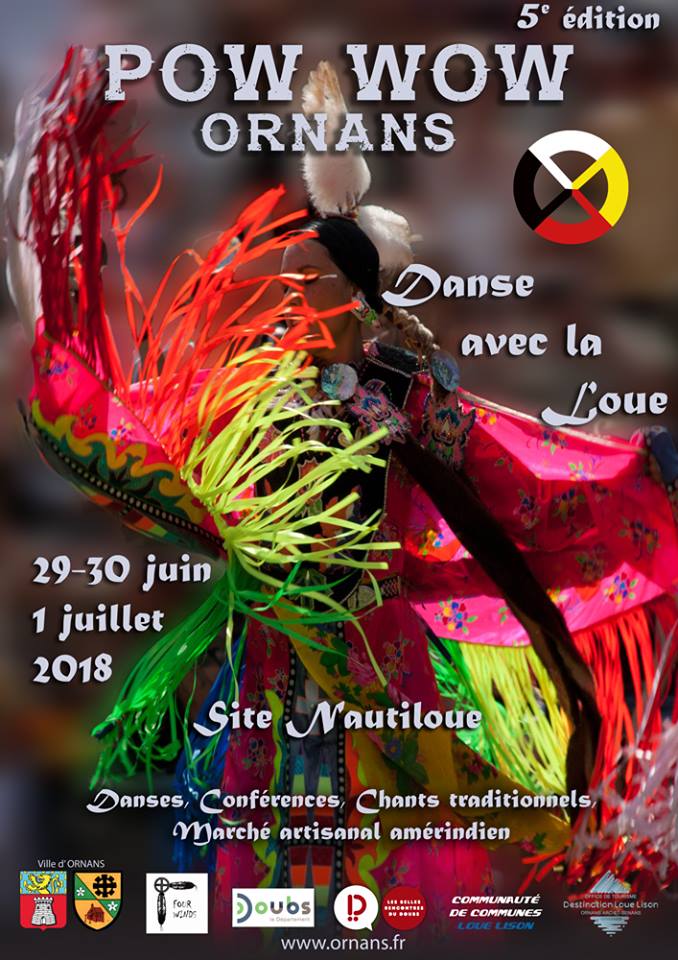 Le pow-wow d’Ornans est aussi l’occasion de découvrir plusieurs associations de soutien aux premières nations telles que Pine Ridge Enfance Solidarité, CSIA Nitassinan et bien d’autres…
Le pow-wow d’Ornans est aussi l’occasion de découvrir plusieurs associations de soutien aux premières nations telles que Pine Ridge Enfance Solidarité, CSIA Nitassinan et bien d’autres…
Le site, au cœur des vallées creusées par la rivière La Loue, est majestueux, alors n’hésitez pas, faites vos bagages…
Quelques photos prises lors de l’édition 2010 :
28th August : Views on The SUN ECLIPSE from Native Americans :
Since I gave birth to my son last December, I’ve enjoyed being a full-time Mum. Couldn’t quite get close to finish writing the post I intended about Native traditional food getting again on the menu. So here is a small gift to you : a link to the The National Museum of American Indian website where Native American beliefs about eclipses are discussed. The Navajo staff at the Institute for Diné Culture, Philosophy and Government, in Rock Point, Arizona received so many inquiries about the 21 August sun eclipse that a detailed answer was issued.
(Reprinted with permission courtesy of the Institute for Diné Culture, Philosophy and Government)
Our Diné people have a completely different definition and perspective on this sacred natural phenomenon. The belief is that the Jóhonaa’éí (Sun) is the male and the Tł‘éhonaa’éí (Moon) is the female. The Sun is the most powerful deity amongst all creation, here on earth and in the universe. The Sun is the epicenter of all creation. Nothing will live or function without the Sun. The Sun controls and regulates the universe, whereas the moon controls and regulates the earth.
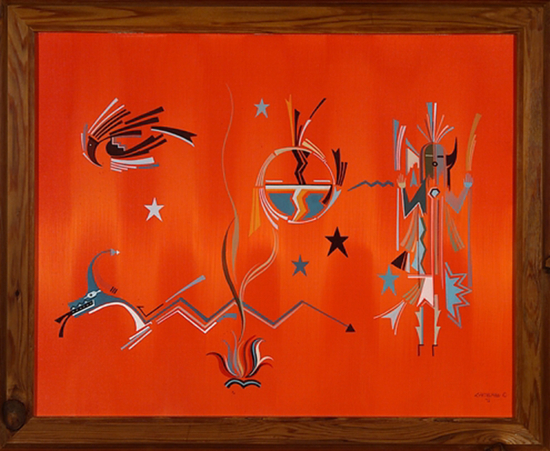
David Chethlahe Paladin (1926-1984, Diné [Navajo], Sun Spirits, 1971. Albuquerque, New Mexico. 25/8436
In addition to the concept of death during an eclipse, it is also believed that during an eclipse, the Sun and the Moon are mating. After the passing of the eclipse, when the sun or moon becomes fully bright once again, it is believed that a birthing has just taken place. It is believed that the mating is to give birth to, or renew, the universe and all creation. During this birthing/renewal process, the universe and all creation are reborn, realigned, and there is growth and development amongst all of creation as well.
Due to the very sacredness of death and birth, the reverence required to be shown during an eclipse is very strict and comprehensive (ts’ídá yéego hodílzin). There is only one way to be reverent during an eclipse. No shortcuts exist. We cannot simply smudge ashes or corn pollen upon ourselves and exit our homes and carry on as if it is just another day. The following acts of reverence must be carried out during an eclipse : We must stay inside, preferably in our home; we cannot eat or drink anything, cannot be asleep, cannot brush or comb our hair or wash ourselves, cannot be in an intimate act with our spouse or anyone of the opposite sex, cannot needlessly move around, are required to remain calm and still, cannot look outside, cannot look at the sun while the eclipse is occurring—yes, it also means the shadow of the sun, through a pinhole or other apparatuses; and we cannot be using the restroom.
Full article here.
To learn more about Navajo view on astronomy, you can read Sharing the skies, Navajo and Western cosmos by Nancy C. Maryboy and David Begay or Earth Is My Mother, Sky Is My Father: Space, Time, and Astronomy in Navajo Sandpainting by Trudy Griffin Pierce.
Melvin Bainbridge, a Diné painter, created several works of art inspired by the cosmos and the stars.
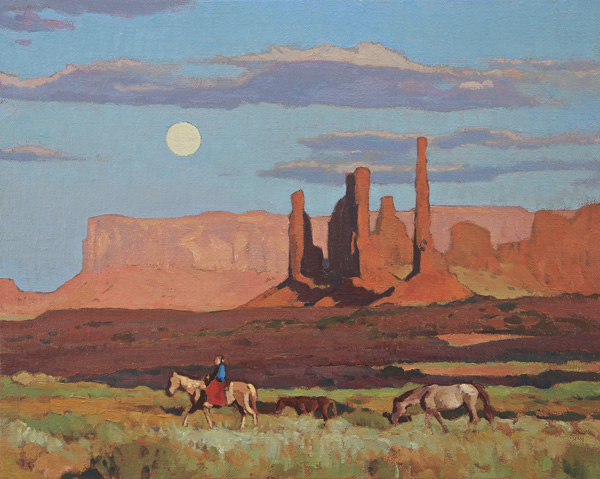
Glenn Dean, Navajo Moonrise
15 november 2016: Native Americans have a sense of humour and can be geek too! The first Indigenous Comic Con.
« Geek culture is alive and well in Indian Country! » claims Arigon Starr, Native American singer and cartoonist, creator of Super Indian.
In the wake of the exhibition « Native Realities: Superheroes of Past, Present and Future » held at the Form & Concept Gallery in Santa Fe, and prior to the first Indigenous Comic Con that will take place in Albuquerque at the National Hispanic Cultural Center next week-end, I’ll try to answer why reclaiming geek culture matters to young Native American artists and activists.
In the past decades, there have been an increasing number of Native American artists (cartoonist Jeffrey Veregge, a collaborator of Marvel comics, or singer and comedian Arigon Starr to name a few) who have embraced the Internet to promote indigenous perspectives on geek culture and humor.
However, according to Doctor Lee Francis IV (Laguna Pueblo), who is CEO and publisher of Native Realities Press, Native-Americans who try to subvert or reclaim the codes pertaining to geek culture are still marginalized in so far as they continue to be “historicized, seen as artifacts or relics.”[1]
Dr. Lee Francis IV told Indian Country Today’s Brian Daffron that the organizers of the first Indigenous Comic Con were looking for positive images : « We’re vetting the folks that we want to come in. We’re not going to be bringing in folks that were in a random Indian movie. We want folks who are going to be thoughtful about the portrayals, whether they’re a comic book creator, an actor, someone doing games or science fiction. Being very thoughtful about the work that they’re putting into the world because of all these stereotypes and historicizations. The sheer number of folks we’re trying to get on panels and the conversations that we want to spark, I think, are going to address those negative representations of Indigenous people in pop culture.”
He also coined the expression “Indigenous Futurism” and explained to the journalist: “We are both present and we have a positive and productive future where we exist, where we thrive, and that’s what we want to show.”
Indeed, representation of indigenous people in mainstream media -with drawings or pictures of unsmiling stern horse-riders– has often contributed to convey the assumption that Native Americans lack a sense of humor.
Monty Roessel (a Navajo photographer and former director of Bureau of Indian Education) insisted that the image of the stoic Indian also served to characterize the hogan, the traditional dwelling place of Navajo people, as rampant with poverty and utterly devoid of technology.[2]
Several studies have shown how the geek figure has evolved from a derogatory masculine embodiment (the computer nerd, unattractive despite his mastery of technology, a socially awkward teenager who is usually bullied by his peers) to a positive definition including mature males and women displaying a wide array of intellectual and social skills.[3]
While nerds were definitely derided and scorned, geeks became fashionable. In TV shows, geeks characters tend to be less and less laughed at, while audiences laugh more and more with them. Geeks are portrayed coming from different ethnic backgrounds and countries such as Indian astrophysicist Raj Koothrappali from The Big Bang Effect, Black-American Chief-engineer Geordi LaForge on Star Trek the Next Generation…
The sole Native-American geek character who seemed to have made it to screen has been Thomas (played by Evan Adams, a Canadian and Coast Salish actor) in Smoke Signals, a 1998 film directed by Chris Eyre with a screenplay by Sherman Alexie. Wearing oversize glasses and indulging in stories no one was interested in, Thomas was not the prototype of the popular dude on the Rez.
Nonetheless, artist Arigon Starr has made a point in all her interviews to reclaim geeky humor as something alive and well among Native Americans. She has stated: “Geek culture is alive and well in Indian Country!”
Why is reasserting geek subculture as something intrinsically Native relevant to understanding contemporary Native American activism?
To answer this question, I invite you to read Arigon Starr’s comments on this issue.
A Native American woman artist, known for her radio shows, funny songs and her super hero comic book entitled Super Indian, she is highly considered as an advocate for Native rights inside and outside her tribal affiliation.
Geek humor is a way to fight stereotypes about Natives lacking techie skills, it also shows that geeks and Native-Americans share a common past of oppression to a certain extent.
I reproduce part of the interview she gave to Indian Country Today and many excerpts from the website Bitchmedia.
- On Native folks and humour :
“So often Native folks are never shown having a sense of humor and being funny is important to my work. You only have to give a listen to my song “Junior Frybread” or experience some of the characters in my one-woman show “The Red Road” to know my engine is fueled by laughter.”
check out : http://indiancountrytodaymedianetwork.com/2012/06/14/chat-arigon-starr-creator-super-indian-comics-118363
- On protecting traditional lifeways and at the same time denouncing stereotypes about Native Americans :
« There is a lot of social consciousness evident in “Super Indian,” but disguised in humor. You can look at it as satire or parody – but underneath the yuks, it’s great to explore issues of identity, community and how Native folks are perceived. I really mulled over what tribe Super Indian would belong to when I was creating his world and decided that, to keep it fair, he would belong to the fictional Leaning Oak Tribe. I know that my own community, the Kickapoo Tribe of Oklahoma, is very protective about what details they divulge about lifeways and traditions. »
check out : http://indiancountrytodaymedianetwork.com/2012/06/14/chat-arigon-starr-creator-super-indian-comics-118363
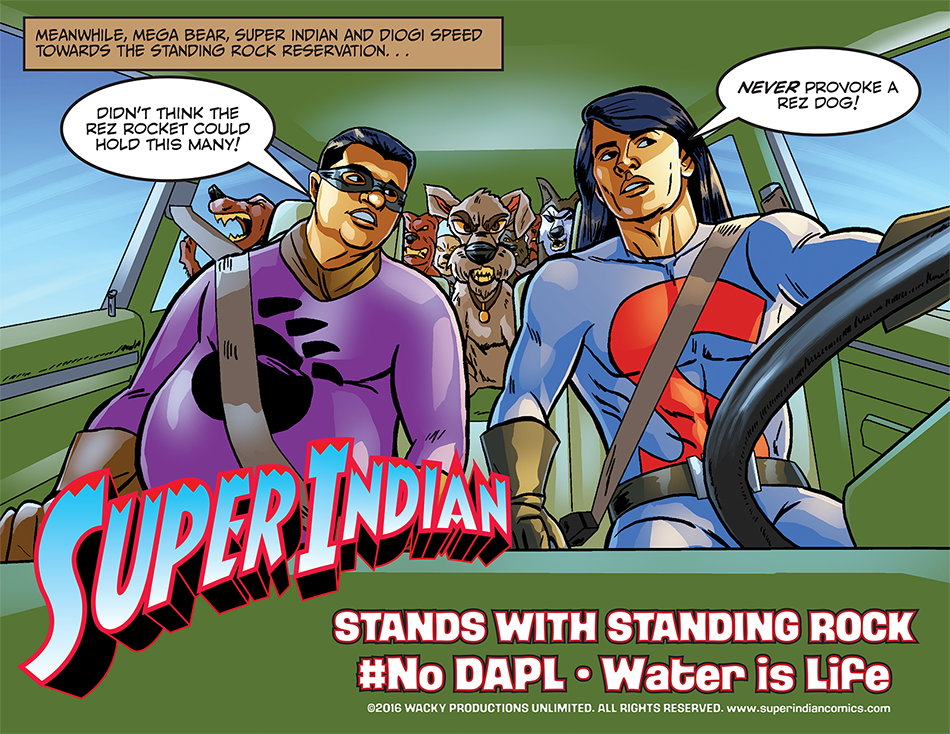
Arigon Starr adresses past and current political issues in her comic book. In“Tales of the Mighty Code Talkers”, she tells the lesser-known history of the Choctaw code talkers during World War I.
- On super hero stories and Native American life :
« There aren’t many Native American superheroes [one of the few examples is Dany Moonstar, a Cheyenne superheroine from the Marvelverse] and even fewer that have been created and drawn by Native Americans. In mainstream comics there were Forge and Dani Moonstar in X-Men, but they aren’t as well-known as Batman or Iron Man. You can read a detailed history of Native characters in Michael Sheyashe’s book Native Americans in Comic Books: A Critical Study.
However, the tide is turning. There’s a group of Native artists and writers like Teddy Tso, Jon Proudstar, Jacques LaGrange, Roy Boney, Ryan Huna Smith, and Weshoyot Alvitre working in the comic industry and creating their own comic books.
The thing I love about superhero stories is someone normal transforming into the extraordinary. How would Wolverine or Wonder Woman be different if they came from an Indian nation? The superhero genre lets you explore the fantastical and have fun while you’re doing it. When I describe the « sitch » of Super Indian—a rez boy eats tainted commodity cheese and gains super powers—it gets a big laugh. »
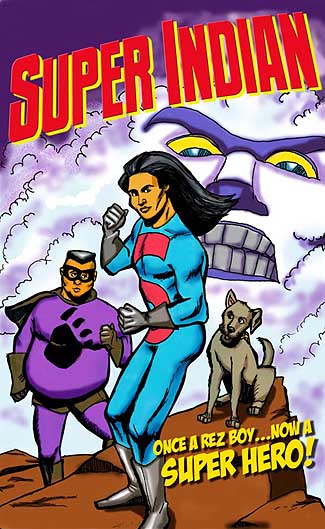
Super Indian first started as a broadcast radio show in 2007. Four years later, it became a web comic and then a print comic.
- On geek culture as part of a Native American identity :
« I know I’m not the only Native American who’s attended a comic convention, watched every Battlestar Galactica episode, or debates the worthiness of the Chakotay character on Star Trek: Voyager. [4] Geek culture is alive and well in Indian Country!
Over the years, I’ve included this side of myself in my other work. On my second CD, there was a punk-rock tribute to the vampire Spike from Buffy The Vampire Slayer. My one-person show « The Red Road » has a teenage fangirl character named Loretta who quotes liberally from Star Trek. My mother raised me with Star Trek and The Hobbit. My Dad was a huge fan of horror movies. My sister and I must have watched the Brian DePalma film Phantom of the Paradise hundreds of time. Geek culture is traditional in my family! »
Check out the whole interview at : https://bitchmedia.org/post/beyond-the-panel-an-interview-with-arigon-starr-of-super-indian-part-one
Sources :
[1] Taté Walker (Mniconjou Lakota) « Making Space for Indigenerds » Native Peoples Magazine, March-April 2016.
[2] Roessel, Monty. “Navajo “Voices.” In Expedition, Vol.37, No 1 (1995)
[3] Paul Martin Lester,Susan Dente Ross. Images that Injure: Pictorial Stereotypes in the Media, Praeger, 2003, p.236-241.
[4] Katja Kanzler. « A Cuchi Moya! » Star Trek’s Native Americans in American Studies Journal, n°49, 2007.
In 2015, Phoenix’s Heard Museum of Native Cultures and Art also curated an exhibition titled Super Heroes: Art! Action! Adventure!
